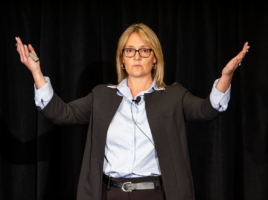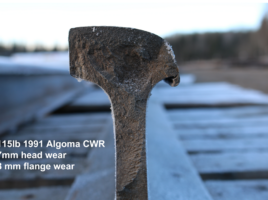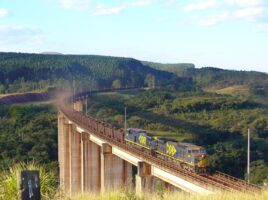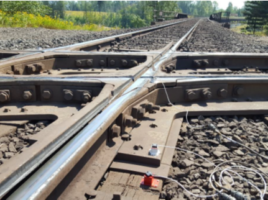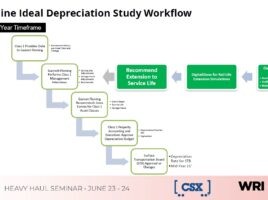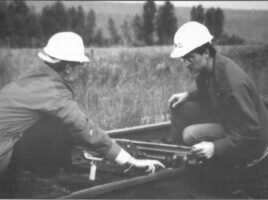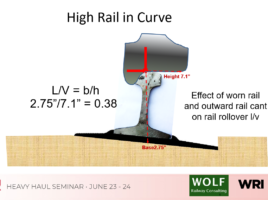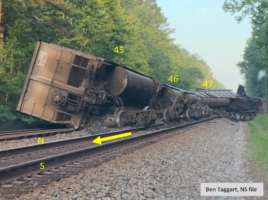
Assessing the Findings of a Derailment Investigation: Was the Right Cause Found?
by Jeff Tuzik The Great Dismal Swamp. An ominous name. And in June of 2019, it was the site of a Norfolk Southern derailment. At NS, all derailments are investigated to determine the cause(s) and to provide data that could help prevent future incidents. Brad Kerchof, formerly Director of Research …

